Posted in: 04/19/2022
The customs, experiences and existences of indigenous people in Brazil and in the world are continually threatened. Therefore, Indigenous People’s Day is a date marked by resistance , where the fight for respect, inclusion and rights continues to be a constant in these people’s lives.
All over the world, native peoples suffered suppression of their cultures , mainly through massacres, which led many tribes to extinction . And, unfortunately, even if not directly, the erasure of these people continues to be carried out, due to the lack of protection and assistance measures .
According to the 2010 IBGE Census , the last one carried out in the country, there were approximately 897,000 indigenous people in Brazil , 517,000 (57.7%) living in indigenous lands and 36.2% in urban centers. And it is worth remembering that these numbers are probably outdated .
Today, we present some of the factors that pose threats , in different ways, to indigenous populations in Brazil.
Many were the populations and indigenous people who had their languages erased , causing them to cease to exist over the years.
According to research by Unesco , the United Nations agency for education, science and culture, of the 190 languages currently registered in Brazil, 97 are in a state of vulnerability .
Of these, 17 are endangered , “19 severely endangered, 45 critically endangered”. Research has estimated that 12 languages have already simply gone extinct .
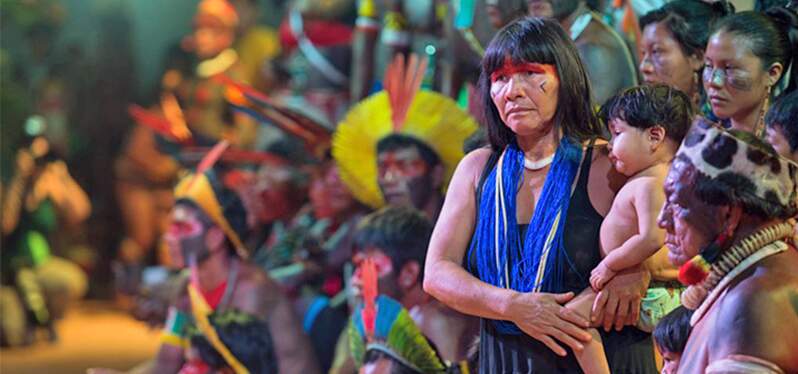
It is important to note that these data differ from the 2010 Census, which indicates “ 274 indigenous languages spoken by individuals belonging to 305 different ethnic groups”.
The 2010 Census also highlights that most indigenous people in Brazil do not speak the indigenous language (57%) , while 77% speak Portuguese . One of the main data brought shows that among people living in Indigenous Lands (TIs) , 57.3% speak some indigenous language . The research also highlights how these results confirm the importance of ILs in preserving the sociocultural characteristics of indigenous groups.
Recently, the news about the increase of illegal mining activities in ILs (or in nearby regions), caused outrage. But the practice is not new , and has only intensified as extraction technologies advance , allowing for even greater environmental impacts.
Illegal mining is one of the main factors responsible for the increase in deforestation , the contamination of rivers and springs (mainly due to the use of mercury) and also puts the survival of indigenous and riverside communities in the region where it occurs at risk.
The lack of inspection and effective punitive measures have represented major problems for the indigenous people who live in these areas.
The high rates of deforestation could not be left out of this list, as they represent one of the greatest threats to indigenous people and native peoples and directly affect their lives.
Many of the isolated peoples , who have little or no contact with outsiders, and even the already recognized peoples, suffer from the lack of demarcation of the areas where they live and, in many cases, illegal occupation .
Normally, this occupation is linked to deforestation and violence against these peoples.
The “ Brazilian Amazon Series: integrated territorial perspectives and vision of the future ”, produced by the Centro de Estudos Synergia, has been demonstrating throughout its volumes how much deforestation influences the territorial dynamics of the Brazilian Amazon , affecting local populations and, mainly, , the indigenous people present in the territory.
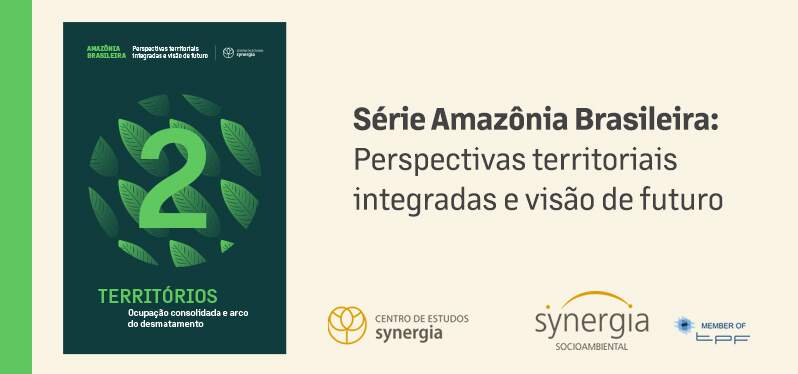
“ Territories: consolidated occupation and the arc of deforestation ”, the second volume in the series, addresses the central vectors that have been directing the processes of change in these Amazonian dynamics – such as the increase in livestock , the opening of roads , the creation of settlements , land grabbing and the advance of illegal mining .
All these factors contributed and resulted in the tragic scenario of 20% deforestation in the biome . And, to a large extent, they are also responsible for the deforestation caused in other territories of Brazil.
The Covid-19 pandemic represented (and still represents) a great risk to the world’s population. But for indigenous people, considered much more vulnerable to diseases caused by viruses and bacteria – both due to lack of immunity and lack of health services – the situation has generated panic.
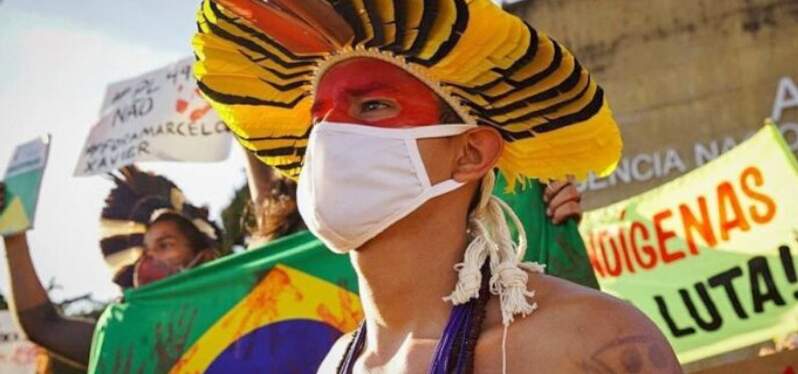
Even for indigenous people living in urban centers , surveys have indicated greater vulnerability to the coronavirus . According to the researchers’ interpretation, in addition to genetic factors , the socioeconomic difference may have been one of the aggravating factors, since the proportion of infected indigenous people was greater than that of other ethnic groups. And these people also represented an economically vulnerable part of the population.
There are many ways we can protect the indigenous people of Brazil. Public policies and measures that guarantee protection, representation and inclusion are some of them. And each and every one of us is responsible for the survival of our original peoples, mainly through voting .
This is important to remember, especially in an election year. But it is also important to continuously monitor what is being done in relation to indigenous peoples and people.
Finally, we recommend reading the article “ Meet some of the outstanding indigenous people today ”, which addresses the change from “Indian Day” to “Indigenous Person Day” , the issue of representativeness and brings indigenous people who have highlighted in several areas.
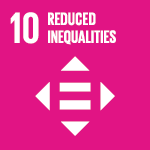
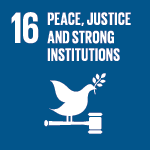
Sign up and receive our news.